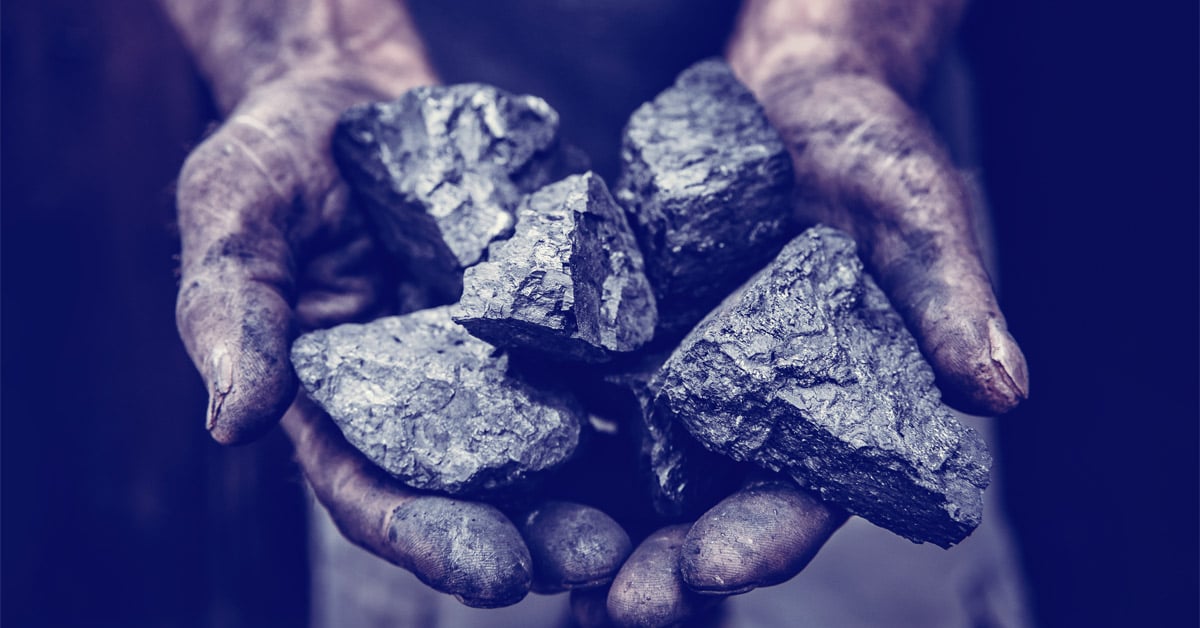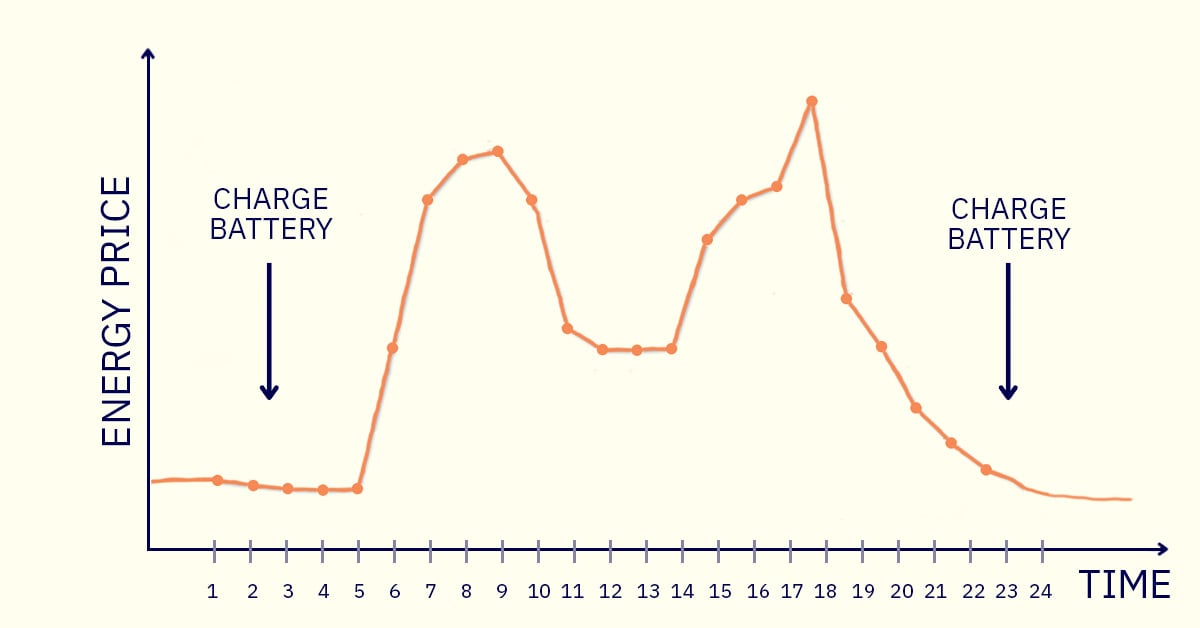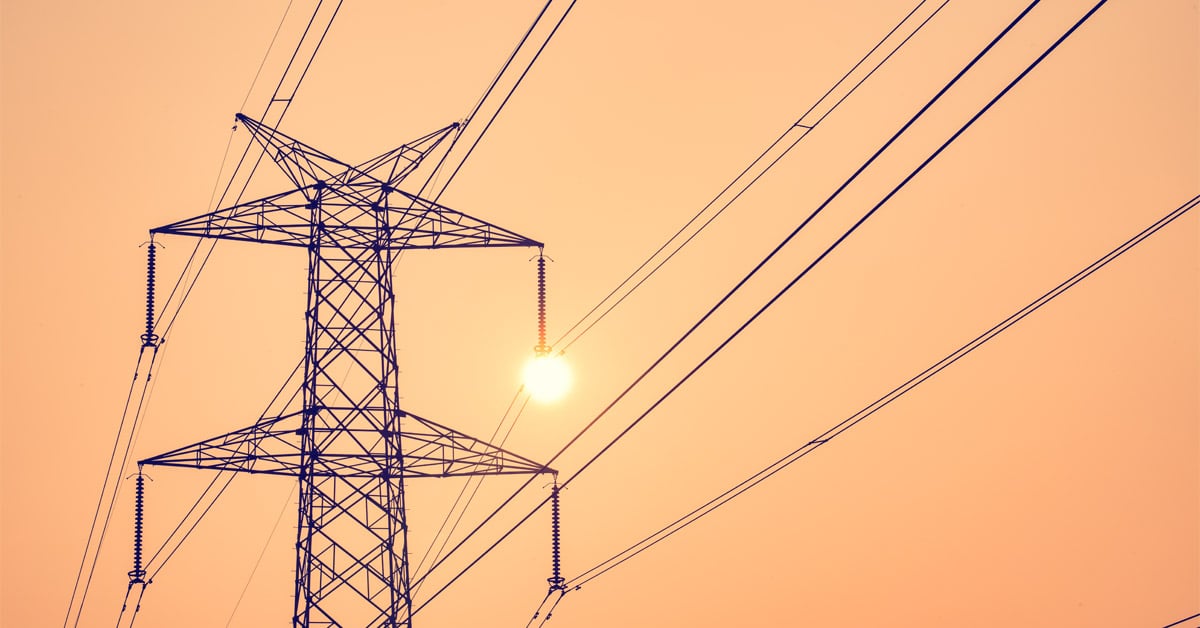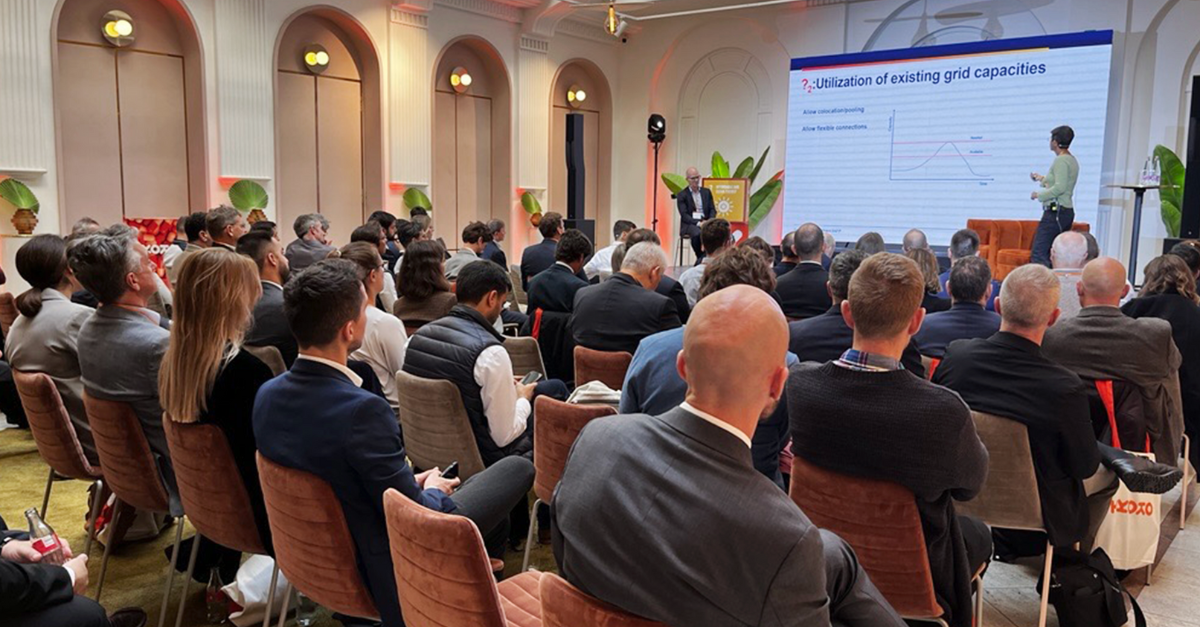What will it take to make heat free of CO2 emissions?
Heat is responsible for nearly half of all energy consumption on the planet. And most of it is made using fossil fuels. There is no answer to global warming that doesn’t include a way to decarbonize the production of heat. What will it take? Gas burners on factory lots will have to be dismantled, coal plants phased out and policies revised. What will replace all that? Like many others, we’ve been working on decarbonizing process heat for some time, net zero heat. We’re ready to make some suggestions.
How to make net zero heat work:

1. Electricity is a better fire, than fire ever was
It has no emissions, and requires no waiting for fancy future technologies.
The technology is as old as the international symbol for bright ideas - a lightbulb. Inside you’ll find a glowing resistor producing heat at 99% efficiency. Outside the wind is blowing for free, ready to be turned into electricity. Renewable energy from the wind and sun can be harnessed to do so in abundance. Wind and sun energy are among the cheapest forms of energy you can find. The problem is storage. No tank holds the wind. And no factory will accept green energy if the output is variable like the breeze. No matter how free of charge. Today there exists a growing selection of industrially sized thermal batteries capable of storing heat made from electricity. However, the industry is not used to thinking about this as a product. Nevertheless heat made with electricity is very efficient, requires nothing but proven technology and will prove to be a missing piece of the puzzle when dealing with the challenges of connecting variable electricity sources to a constant output.
2. Renewable energy should be used efficiently once captured
Not be made to mimic fuel. Converting energy from one form to another many times is a waste, and will make the green shift go slower.
When switching from fossil fuels to renewable energy, two important things change. First, electricity replaces combustion. The other major change is output. Although we will have a lot of renewable energy, we don’t control how much we generate at any given time. Not as long as we don’t control the weather. In essence, our fuel tank has been ripped out. No tank holds the wind. We’ve lost the one size fits all medium we can pour into a tank, ignite and just go. This creates a huge momentum to replace exactly that. But maybe we don’t have to.
Our focus should be on preserving the energy we get from renewable sources and maximizing its efficiency. If existing technology can produce and store heat at 99% efficiency, why should we make a portable tank that only holds 25%? Right now, hydrogen is met with great hopes, as the replacement for fossil fuels. Just imagine. An energy-dense, compact “liquid” fuel, without emissions. The problem is: that making Hydrogen requires a lot of resources. You need five parts of electricity to get one part of hydrogen. That means much of the energy is lost. Even if you do use electricity from renewable sources to make hydrogen, the hydrogen itself is turned back into electricity when applied to whatever it was you were trying to do. In other words, you had electricity and only made hydrogen, to be able to make electricity one more time again later. That is why Hydrogen is better suited to serve the needs of jets and transport. Purposes where the features of fuel are really important. A dense, lightweight substance that doesn’t take up much space.

3. Electricity for heat should not be taxed more than coal.
In some countries you’re still better off selling coal than renewable energy. Why is that?
Half a century ago politicians were concerned about efficient use of limited resources. The most important source of electricity at the time was burning coal, gas or oil. For industries it was technically feasible to use electricity when making heat – but for the government it was more cost effective if each factory burnt their own fuel to make it instead. After all, if electricity was to be used at an industrial scale, it would require more investment in grid infrastructure and coal plant capacity. And converting heat from burnt coal into electricity, and then back into heat was - as you know by now, inefficient.
Why do it? If everyone could just burn their own coal for the heat they needed, wouldn’t that be better? And so it was. Laws were put in place for extra tax on the use of electricity for process heat. While coal was not taxed when making heat at all. Two things happened: burning coal for process heat was firmly made a local issue at each factory, and the extra tax was perfectly avoidable by not using electricity to do so. Coal was there to stay.
Fast forward fifty years later none of these conditions apply. But the tax remains in countries that have relied on coal. It has had some very unfortunate consequences. Tax on electricity is slowing down the green shift. It makes electricity more expensive than coal for people working to sell renewable energy solutions to industry. Because of extra taxes on electricity used for heat, coal is still a more financially viable option in some countries. In short, they would still be better off selling coal. And factories are better off buying it. To fix this issue legislation must be updated to meet the current conditions.

4. Use electricity to charge thermal batteries
Use a heat solution to solve a heat problem. It will save money and decarbonize energy consumption.
Last night, process heat was cheap. If only there were ways to capture it and use it today. Well, there is! Thermal batteries will play an important role in the future of decarbonization of industrial energy demand. Why? The technology is ready and proven. It reduces the cost of energy by charging heat when electricity is cheap, discharging when production demands. Local industries can install a thermal battery on site with low investment cost and low operating cost. It provides a secure energy solution with the expected lifetime value of a generation.

5. Don’t waste off-peak electricity
Charge thermal batteries and charge them aggressively to save money in off peak hours.
It’s a fact of life. We all need our energy at the same time and demand regulates price. Electricity will always be at its cheapest when your world is asleep. In other words, if you could somehow turn your entire life into a night shift, you could save a lot of money. In some countries you could even be paid to use electricity at night. The reason? The output of wind turbine farms is greater at night due to increased wind speed. As turbines cannot be shut off just because nobody needs the electricity, you may be paid to take on the electricity that the grid needs to unload. In short, you need a mechanism to store electricity when it is cheap, free or a source of income and use it for later. That mechanism is a thermal battery.

6. Maximize the efficiency of the grid!
It will speed up the process of switching to renewable energy. And save you money.
Charging thermal batteries locally during off-peak hours means the grid can be used for something else by someone else when demand is high. This is a benefit for two reasons. First off, in the years to come, the need for electricity will only rise. To meet this need, we must develop grid capacity. That means more wires, masts and transformers.
However, there is a big difference in expanding the capacity to fit peak demand and expanding to fit loads that are evenly distributed throughout the day. It’s the difference between forever adding lanes to a highway in order to deal with rush-hour traffic or convincing half of the drivers to drive at night instead. The more you succeed in spreading rush hour traffic throughout the day, the less roads you have to build. The same goes for grid capacity. Being able to shift loads, means that any existing grid will deal with increasing demand better. It means it can promise to do more for decarbonization of energy demand.
The second reason is, if you charge aggressively during off peak hours, you can be paid by the “grid company” to stay off the grid when demand is high. In other words, your ability to not use the grid at certain times is of potential monetary value to your business. The next time you negotiate a power purchase agreement, you should try this argument on your counterpart.



